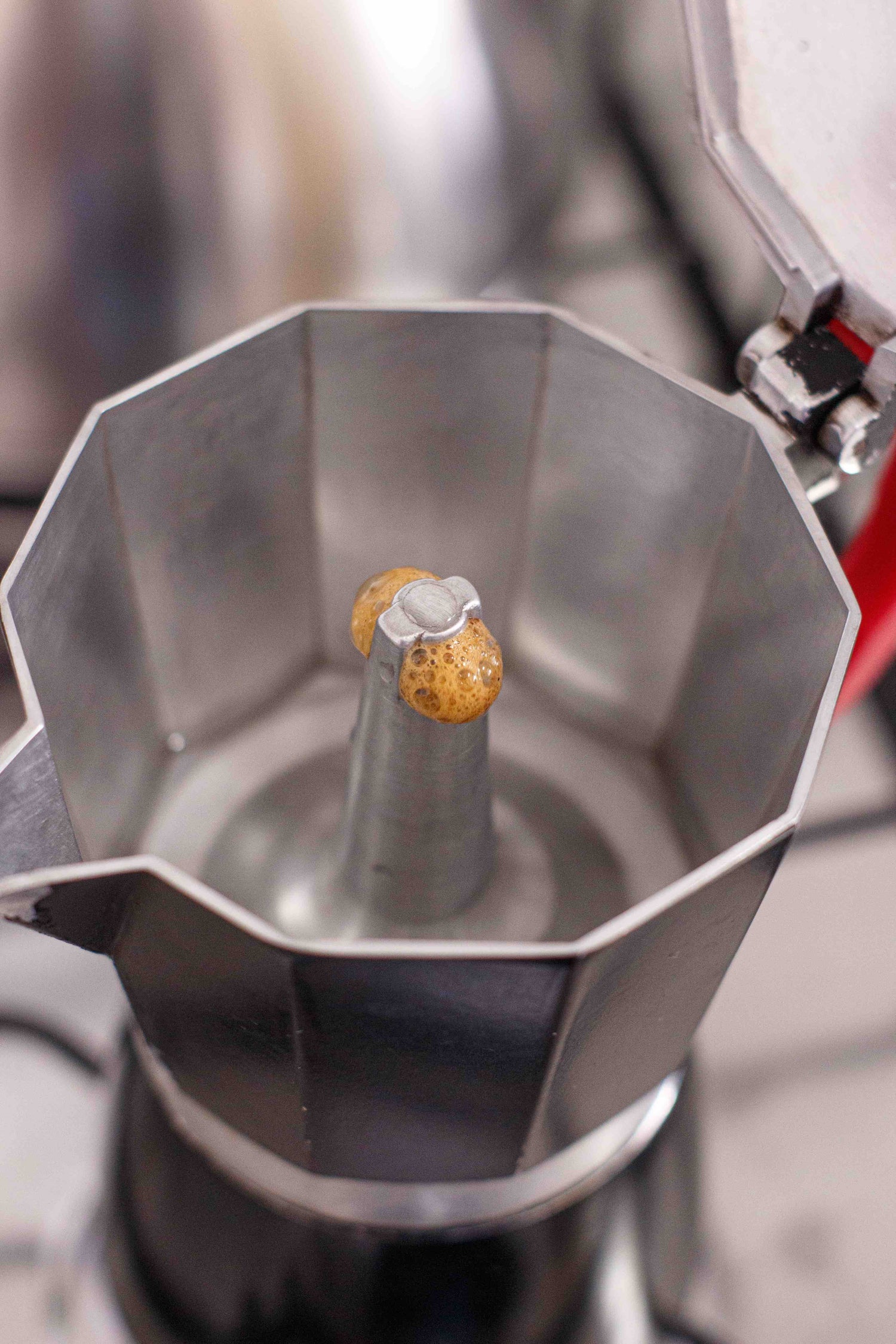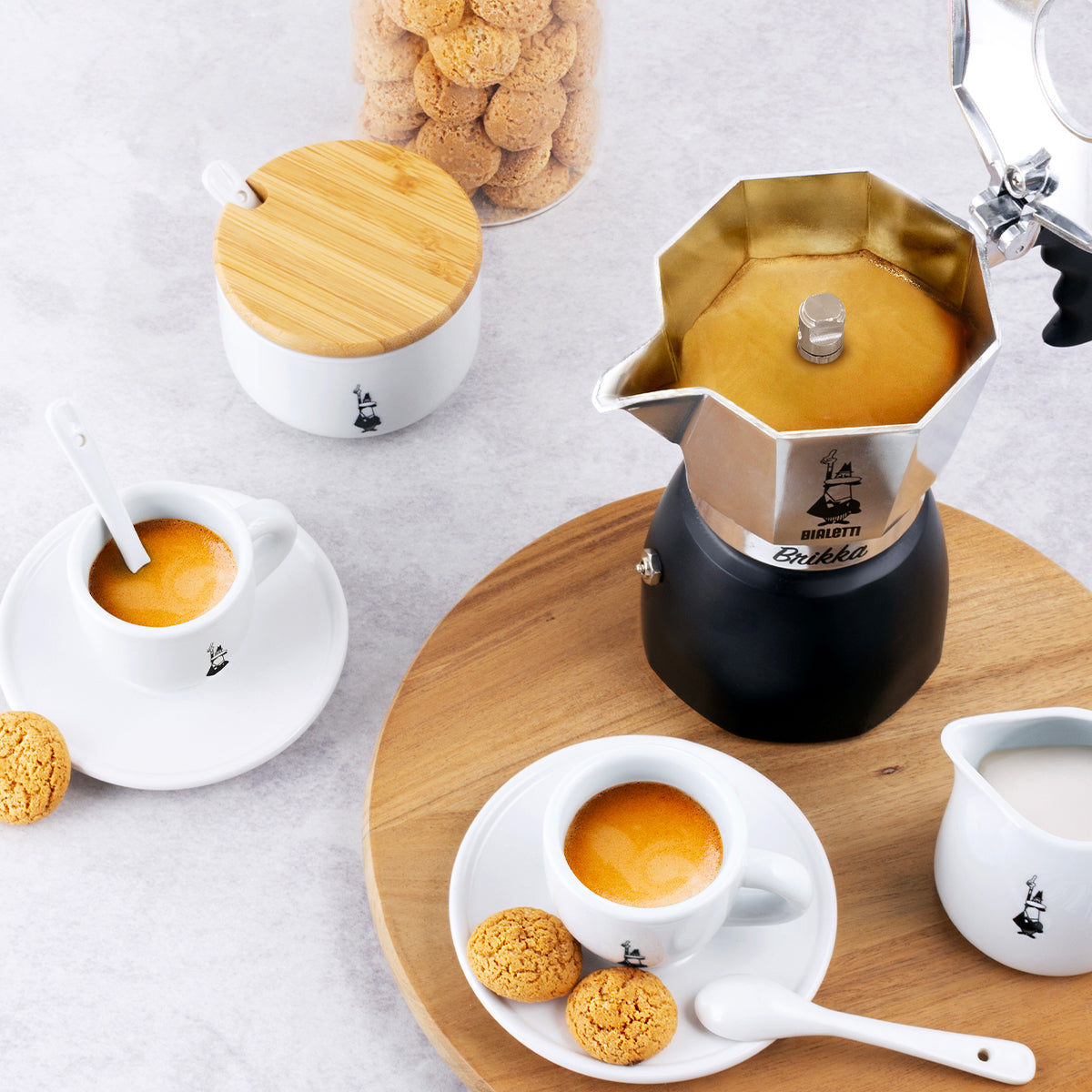Mocha pot
Making coffee with a moka pot remains one of the most popular methods for brewing a strong cup of coffee. The small moka pot, also known as a screw-top pot, espresso pot, or espresso maker, originated from the traditional Italian brand Bialetti. We'll explain what you should look for when buying a moka pot or looking for the right coffee for it.
Availability (1)
Price
No products in this collection
Mocha pot from Süssmund Kaffee

Buying the right coffee

Coffee enjoyment with passion in 1933
Frequently Asked Questions
How does the moka pot work?
Can you make espresso with a moka pot?
Does the taste differ depending on the moka pot?
What grind size do I need for the moka pot?
